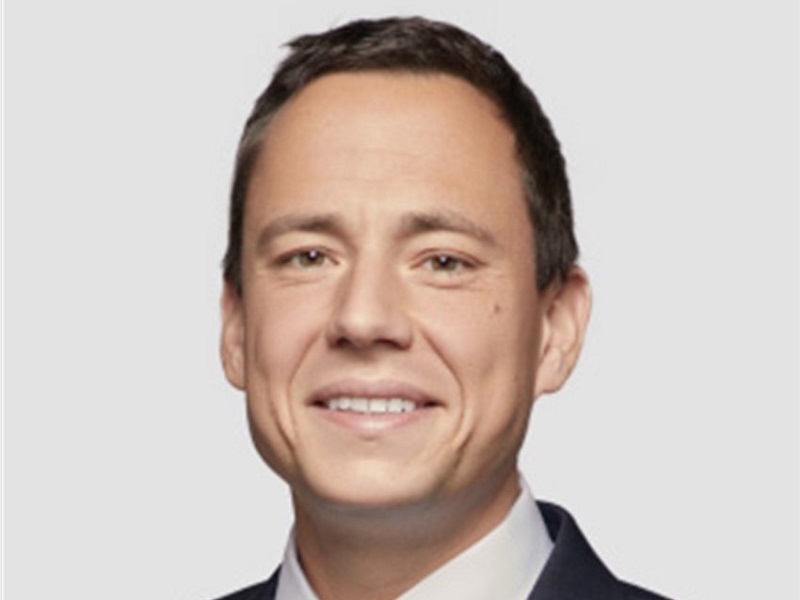

While institutional investors have likely relaxed leverage constraint in their private equity portfolios, they could realize better investment outcomes by taking the same approach with their public market exposures
“Constraints [on leverage] prevent some of the most useful tools in portfolio management — namely, full diversification,” said Roberto Croce, head of risk parity and liquid alternatives at Newton Investment Management, during his session.
Read: Understanding liquid private equity investment strategies
As an example of the benefits of diversification, Croce highlighted portfolios with two-, five-, 10- and 30-year bond futures, while treating the 30-year bond future as the benchmark. By creating a basket of investments that are equally risk-weighted, he demonstrated that leverage doesn’t necessarily increase risk in a portfolio, but has the potential to improve return and Sharpe ratio.
“What we see very clearly in this example is that the . . . return goes from 4.1 to 5.5 per cent historically at a slightly lower risk level — 9.3 per cent annualized volatility versus 9.8 per cent.”
One reason more investors don’t use this method in their portfolios is that, rather than seeking the best strategic mix within each asset class, they select conventional benchmarks that are under-diversified, said Croce. “If we’re focused on capitalization-weighted benchmarks, full diversification almost never gets into our portfolios. Why is that? This is not an alpha and fully diversified asset class portfolios run huge tracking error relative to conventional, capitalization-weighted benchmarks. In his example, we see a four per cent tracking error of a diversified basket of bond futures relative to the 30-year bond future benchmark.”
Read: What’s next for volatility investing?
Despite using leverage, the more diversified portfolio had lower risk, higher return and comparable measures of downside risk. But the outperformance of diversification likely would not make it into an active investment portfolio because the active return, 1.3 per cent in this example, is small relative to the active risk of the diversified portfolio relative to the benchmark. “But maybe it should. If we leave 1.3 per cent return on the table in our bond portfolio and similar unexploited opportunity in other parts of our portfolio — maybe we’re leaving a lot on the table.”
He suggested the method can work in equity markets, treasuries and commodities. If institutional investors select the largest markets in their portfolios, the difference between the largest market portfolio or the capitalized-weighted benchmark and the risk-weighted benchmark ought to persist, he said.
And if investors can consistently generate top quartile risk-adjusted returns in every asset class in their portfolio, added Croce, it would meaningfully effect how well they could deliver on their investment obligations, for the better.
Read more coverage from the 2022 Global Investment Conference.
